Program Mentors

Jill Prince
Jill Prince currently serves as the acting Director of the Research Directorate at NASA Langley Research Center. This organization provides premier research and technology capabilities in aerosciences, intelligent flight systems, structures, and materials to NASA missions. Ms. Princejoined NASA Langley Research Center in 2001 where she made significant contributions to several of NASA’s Mars missions and other planetary systems analyses. She served in mission development and operations roles for the Langley 2001 Mars Odyssey Aerobraking team, the 2003 Mars Exploration Rover Entry, Descent, and Landing (EDL) team, the 2005 Mars Reconnaissance Orbiter Aerobraking team, and the 2007 Mars Phoenix EDL team. She served Langley as the Branch Head of the Engineering Directorate’s Structural and Thermal Systems Branch in 2012 before joining the NASA Engineering and Safety Center (NESC) in 2013 as the NESC Chief Engineer at Langley. She became a member of the Senior Executive Service when she was selected as the Manager of the NESC Integration Office in 2015.
Ms. Prince is the recipient of several honors and awards, including a NASA Exceptional Achievement Medal in 2006, the 2010 Women in Aerospace Achievement Award, an NESC Leadership Award in 2012, and a Meritorious Presidential Rank Award in 2022 by President Biden. She has authored or co-authored 40+ technical papers and was recognized as an American Institute of Aeronautics and Astronautics Associate Fellow in 2021, as an International Women’s Forum Fellow in 2022, and a member of the International Academy of Astronautics in 2023. She earned a B.A. degree in Physics and Astronomy from Northwestern University and a M.S. degree in Mechanical Engineering from The George Washington University.

Julie Payette
Born in Montreal, Julie Payette has a degree in electrical engineering from McGill University and a master's degree from the University of Toronto, specializing in speech recognition (a discipline of artificial intelligence). She trained as a pilot with the Royal Canadian Air Force and holds a civilian commercial pilot's license.
Ms. Payette joined NASA as an astronaut in 1996. She flew two missions in space for the construction of the International Space Station: STS96 (in 1999) aboard the shuttle Discovery and STS127 (in 2009) aboard the shuttle Endeavour, where she held the position of flight engineer. She has flown 611 hours in space and over 1500 hours in various types of aircraft. In between flights, Ms. Payette worked as a liaison officer in Russia, Japan and Europe, and held the position of CAPCOM (Capsule Communicator) at NASA's Mission Control Center in Houston, Texas. She was Chief Astronaut of the Canadian Space Agency from 2000 to 2007.
After her career in space, Julie Payette joined the Wilson Center as a scholar and became a diplomat in Washington DC. In 2013, she was appointed Director of the Montréal Science Centre. She has served on the boards of several public and not-for-profit companies. Madame Payette was the Governor General of Canada from 2017 to 2021. She is currently a Senior Fellow at Massey College, University of Toronto, a member of the Association of Space Explorers and a fellow of the International Academy of Astronautics. She often appears at technical forums and in the media to discuss science and environmental issues, including the search for solutions to the proliferation of orbital debris.
Ms. Payette can converse in six languages and has a passion for sports and music. She sings with the Montreal Symphony Orchestra choir, and during the Canadian winter, she volunteers as a ski patrol.

Robyn Gatens
Director, International Space Station, NASA HQ
Ms. Robyn Gatens is the director of the International Space Station (ISS) in the Human Exploration and Operations mission directorate at NASA Headquarters. She is also an agency senior expert for environmental control and life support (ECLSS) and crew health and performance systems.
As ISS director, Gatens leads strategy, policy, integration, and stakeholder engagement for the space station program at the agency level, including use of the station for research and technology demonstrations including to support NASA’s Artemis missions, and activities to secure an ongoing U.S. presence in low-Earth orbit (LEO) by enabling a successful, long-term private sector commercial LEO space economy. She also serves as NASA’s liaison to the ISS National Laboratory.
Gatens is the recipient of NASA’s Outstanding Leadership and Exceptional Achievement Medals and holds a Bachelor of Chemical Engineering degree from the Georgia Institute of Technology.
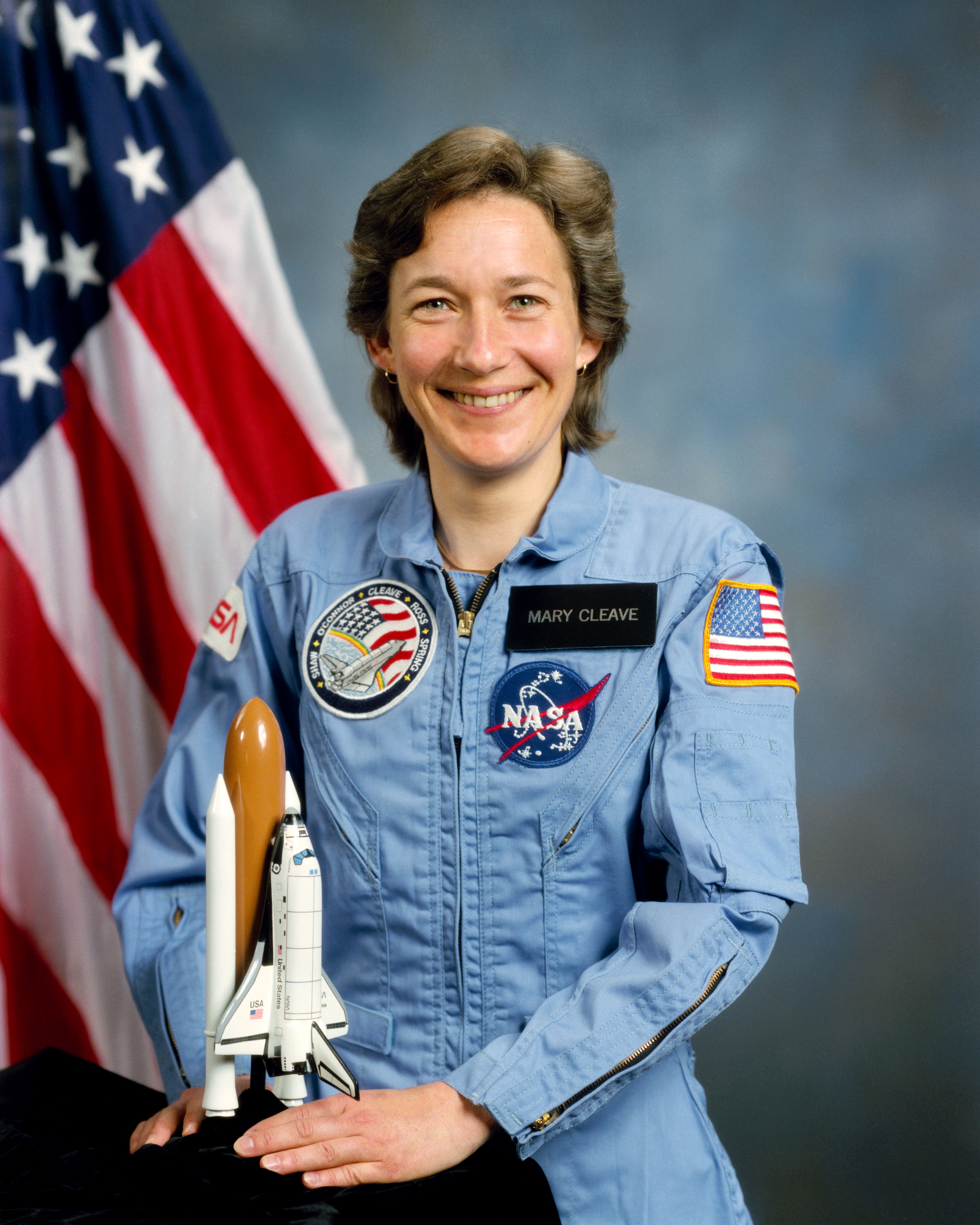
Mary Cleave
Dr. Cleave held graduate research, research phycologist, and research engineer assignments in the Ecology Center and the Utah Water Research Laboratory at Utah State University from September 1971 to June 1980. Her work included research on the productivity of the algal component of cold desert soil crusts in the Great Basin Desert south of Snowville, Utah; algal removal with intermittent sand filtration and prediction of minimum river flow necessary to maintain certain game fish; the effects of increased salinity and oil shale leachates on freshwater phytoplankton productivity; development of the Surface Impoundment Assessment document and computer program (FORTRAN) for current and future processing of data from surface impoundments in Utah; and design and implementation of an algal bioassay center and a workshop for bioassay techniques for the Intermountain West.
Dr. Cleave was selected as an astronaut in May 1980. Her technical assignments have included: flight software verification in the Shuttle Avionics Integration Laboratory (SAIL); CAPCOM on five Space Shuttle flights; Malfunctions Procedures Book; Crew Equipment Design. A veteran of two space flights, Dr. Cleave has logged a total of 10 days, 22 hours, 02 minutes, 24 seconds in space, orbited the earth 172 times and traveled 3.94 million miles. She was a mission specialist on STS 61-B (November 26 to December 3, 1985) and STS-30 (May 4-8, 1989). Dr. Cleave left JSC in May 1991 to join NASA's Goddard Space Flight Center in Greenbelt, Maryland. She worked in the Laboratory for Hydrospheric Processes as the Project Manager for SeaWiFS (Sea-viewing, Wide-Field-of-view-Sensor), an ocean color sensor which is monitoring vegetation globally. Dr. Cleave next served as Deputy Associate Administrator (Advanced Planning), Office of Earth Science, NASA Headquarters, Washington, D.C. Dr. Cleave retired from NASA in February 2007.

Sharon Conover
Director, The Aerospace Corp supporting NASA SOMD
Conover is a Senior employee at The Aerospace Corporation which is the trusted partner to the nation’s space programs, solving the hardest problems and providing unmatched technical expertise. As the operator of a federally funded research and development center (FFRDC), the Aerospace Corp broadly engaged across all aspects of space— delivering innovative solutions that span satellite, launch, ground, and cyber systems for defense, civil and commercial customers. Building on The Aerospace Corporation's reputation as a trusted, impartial advisor with integrity and dedication to mission success, Conover combines deep technical expertise with market-leading innovation to help our customers solve complex systems engineering and integration challenges. The Aerospace Corp is organized by core customer-facing lines of business to manage and grow programs within NASA, NOAA, and the NNSA, while extending our capabilities to other civilian federal government agencies fully integrated within Aerospace rules, regulations, processes, values, and behaviors.
Conover leads the Aerospace team and work content associated with programmatic and technical advisory capabilities to NASA in support of the Space Operations Mission Directorate (SOMD). Conover is also responsible for providing leadership, planning, and direction of technical office staff and operations. Assigning resources, determining staffing needs, and coordinating activities and operations among subordinate units.
In addition, Conover is an Adjunct Professor at the University of Houston Main Campus in the Graduate Program for the Cullen College of Engineering.
Conover is the recipient of NASA’s Distinguished Service Medal and Exceptional Achievement Medals and holds a Bachelor of Computer Science degree from Louisiana State University and a Master of Science in Engineering Systems Management from the University of Houston Clear Lake.
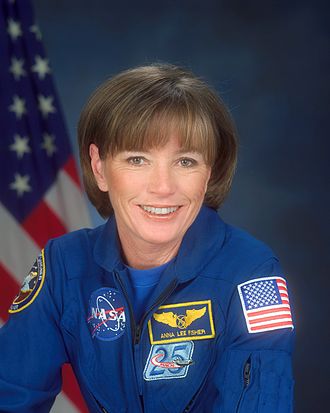
Anna Fisher, M.D.
After graduating from UCLA in 1971, Fisher spent a year in graduate school, working in the field of x-ray crystallographic studies of metallocarbonanes. She co-authored three publications relating to these studies for the Journal of Inorganic Chemistry. She began medical school at UCLA in 1972 and, following graduation in 1976, commenced a one year internship at Harbor General Hospital in Torrance, California. After completing that internship, she specialized in emergency medicine and worked in several hospitals in the Los Angeles area.
Fisher was selected as an astronaut by NASA in January 1978. In August 1979, she completed a one year training and evaluation period, making her eligible for assignment as a mission specialist on space shuttle flight crews. Following her completion of training, Fisher’s early NASA assignments (pre-STS-1 through STS-4) included the following: crew representative to support development and testing of the Remote Manipulator System (RMS); crew representative to support development and testing of payload bay door contingency spacewalk procedures, the extra-small Extravehicular Mobility Unit (EMU) and contingency in-orbit Thermal Protection System (TPS) repair hardware and procedures; verification of flight software at the Shuttle Avionics Integration Laboratory (SAIL), where she reviewed test requirements and procedures for ascent, in-orbit and Risk Management System (RMS) software verification; and crew evaluator for verification and development testing for STS2, 3 and 4.
From STS-5 through STS-7, Fisher was assigned as a crew representative to support vehicle integrated testing and payload testing at NASA’s Kennedy Space Center, Florida. In addition, Fisher supported each Orbital Flight Test (STS-1 through STS-4) launch and landing (at prime or backup sites) as a physician in the rescue helicopter and provided both medical and operational inputs on the development of rescue procedures. Fisher was also an in-orbit Capsule Communicator (CAPCOM) for the STS-9 mission.
Fisher was a mission specialist on STS-51A, which launched from Kennedy Space Center, on November 8, 1984. She was accompanied by mission commander Frederick (Rick) Hauck pilot David M. Walker, and fellow mission specialists, Joseph P. Allen and Dale H. Gardner. This was the second flight of the orbiter Discovery. During the mission, the crew deployed two satellites: Canada’s Anik D-2 (Telesat H) and Hughes’ LEASAT-1 (Syncom IV-1) and operated the Radiation Monitoring Equipment (RME) device and the 3M Company’s Diffusive Mixing of Organic Solutions (DMOS) experiment. As the first space salvage mission, the crew also retrieved the Palapa B-2 and Westar VI satellites for return to Earth. STS-51A completed 127 Earth orbits before landing at Kennedy Space Center on November 16, 1984. With the completion of her first flight, Fisher logged a total of 192 hours in space.
Fisher was assigned as a mission specialist on STS-61H, prior to the Challenger accident. Following the accident, she worked as the deputy of the Mission Development branch of the Astronaut Office and as the astronaut office representative for Flight Data File issues. In that capacity, she served as the crew representative on the Crew Procedures Change Board. Fisher served on the Astronaut Selection Board for the 1987 class of astronauts. Fisher also served in the Space Station Support office, where she worked part time in the Space Station Operations branch. She was the crew representative supporting space station development in the areas of training, operations concepts and the health maintenance facility
From 1989 through 1995, Fisher was on a leave of absence from the Astronaut Office to raise her family, returning in January 1996. From 1996 through 2002, during the early phase of building the International Space Station (ISS), Fisher was the chief of the Space Station branch. In that capacity, she coordinated inputs to the operations of the space station for the Astronaut Office, working closely with all the international partners and supervising assigned astronauts and engineers. From January 2011 through August 2013, Fisher served as an ISS Capsule Communicator (CAPCOM) working in the Mission Control Center and was also the lead CAPCOM for Expedition 33. Currently, Fisher is a management astronaut, working on display development for the Orion Multi-Purpose Crew Vehicle (MPCV).
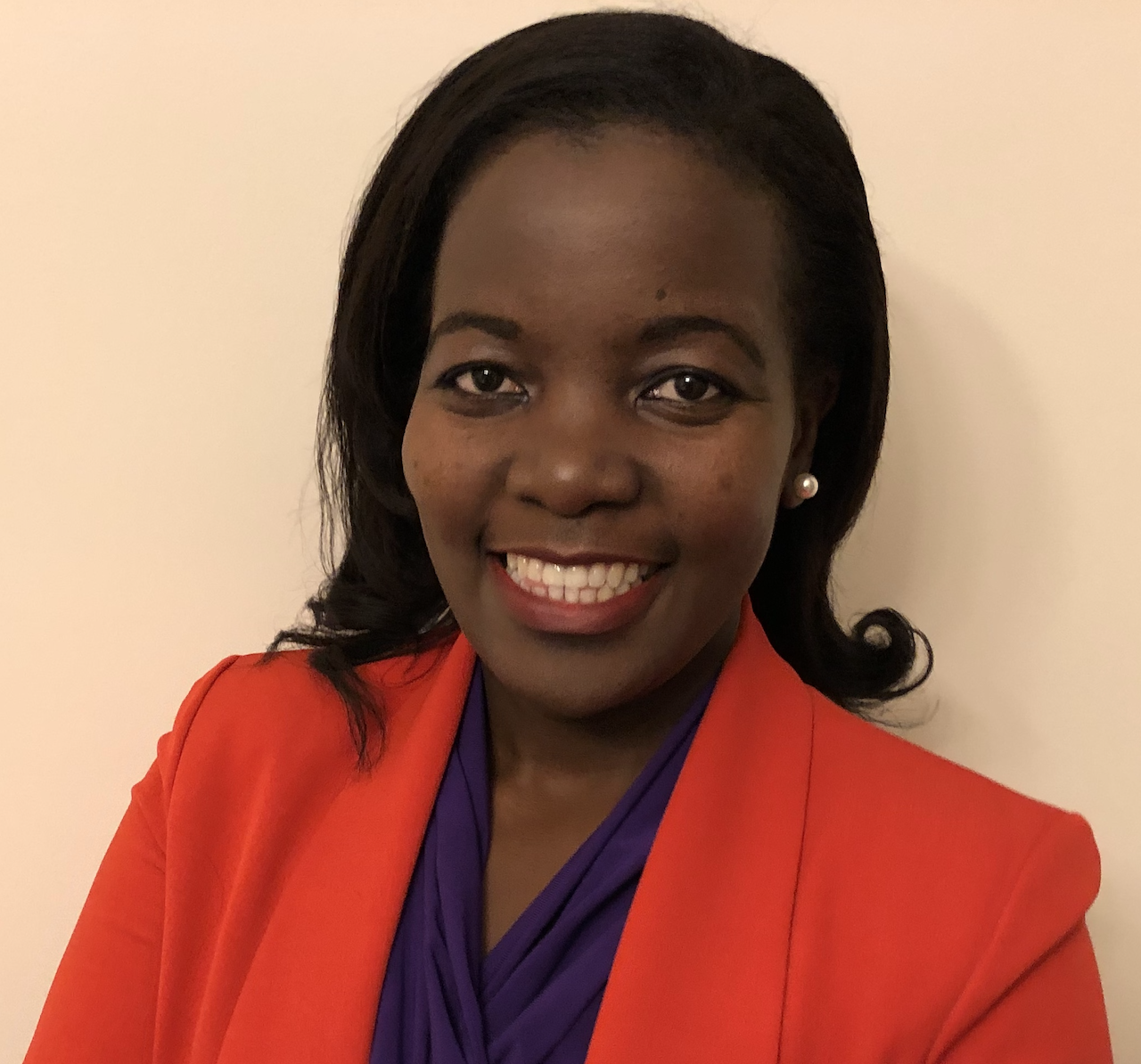
Alinda Mashiku, Ph.D.
Conjunction Assessment Risk Analysis (CARA) Program Manager, NASA Goddard Space Flight Center

Barbara Morgan
Barbara Morgan is an educator and retired NASA astronaut. Morgan is the public elementary school teacher who trained with the Challenger crew as the back-up for Teacher in Space Christa McAuliffe, then later served as a NASA astronaut for 10 years. She is now Distinguished Educator in Residence, Emeritus, at Boise State University.
Morgan graduated with honors and a bachelor’s degree in Human Biology from Stanford University. She earned her teaching credential at College of Notre Dame (Notre Dame de Namur University). She taught public school for 24 years in diverse locations including the Bay Area in California, the Flathead Indian Reservation in Montana, a small mountain town in Idaho, and Colegio Americano in Quito, Ecuador. In 1985, Morgan (back-up) and Christa McAuliffe (Teacher in Space) were selected to train with the space shuttle Challenger crew. After that mission ended tragically shortly after lift-off with the loss of the crew, NASA asked Morgan to continue as Teacher in Space Designee. She returned to her teaching in Idaho and continued to work for NASA, part-time, where her duties included public speaking, educational consulting, curriculum design, and serving on the National Science Foundation’s Task Force for Women and Minorities in Science and Engineering.
NASA selected Morgan to the 1998 astronaut class. She flew 5.3 million miles in space in 2007 on STS-118, a two-week mission to help construct the International Space Station. Her duties included operating the space shuttle and space station robotic arms, serving as loadmaster, assisting the pilots with re-entry and landing, and teaching lessons from orbit to schoolchildren on Earth. In addition to spaceflight, Morgan worked in Mission Control as prime communicator (“Capcom”) with on-orbit crews, and she served in the Space Station Operations Branch and Robotics Branch of the Astronaut Office.
Morgan retired from NASA in 2008 to become Distinguished Educator in Residence at Boise State University, where she represented the university and provided vision and leadership to the State of Idaho, primarily in STEM education. Her work included policy and program development, advocacy, and mentoring. Currently, Morgan works with Boise State University as Emeritus, and continues to work with national and international education organizations, other non-profits, and NASA.
Morgan’s many awards include, most recently, the Columbia University Teachers College Medal for Distinguished Service and the inaugural Idaho Medal of Achievement, the state’s highest civilian honor for service. She has earned two honorary doctorates ‒ in science and public service ‒ and has two public schools named after her.
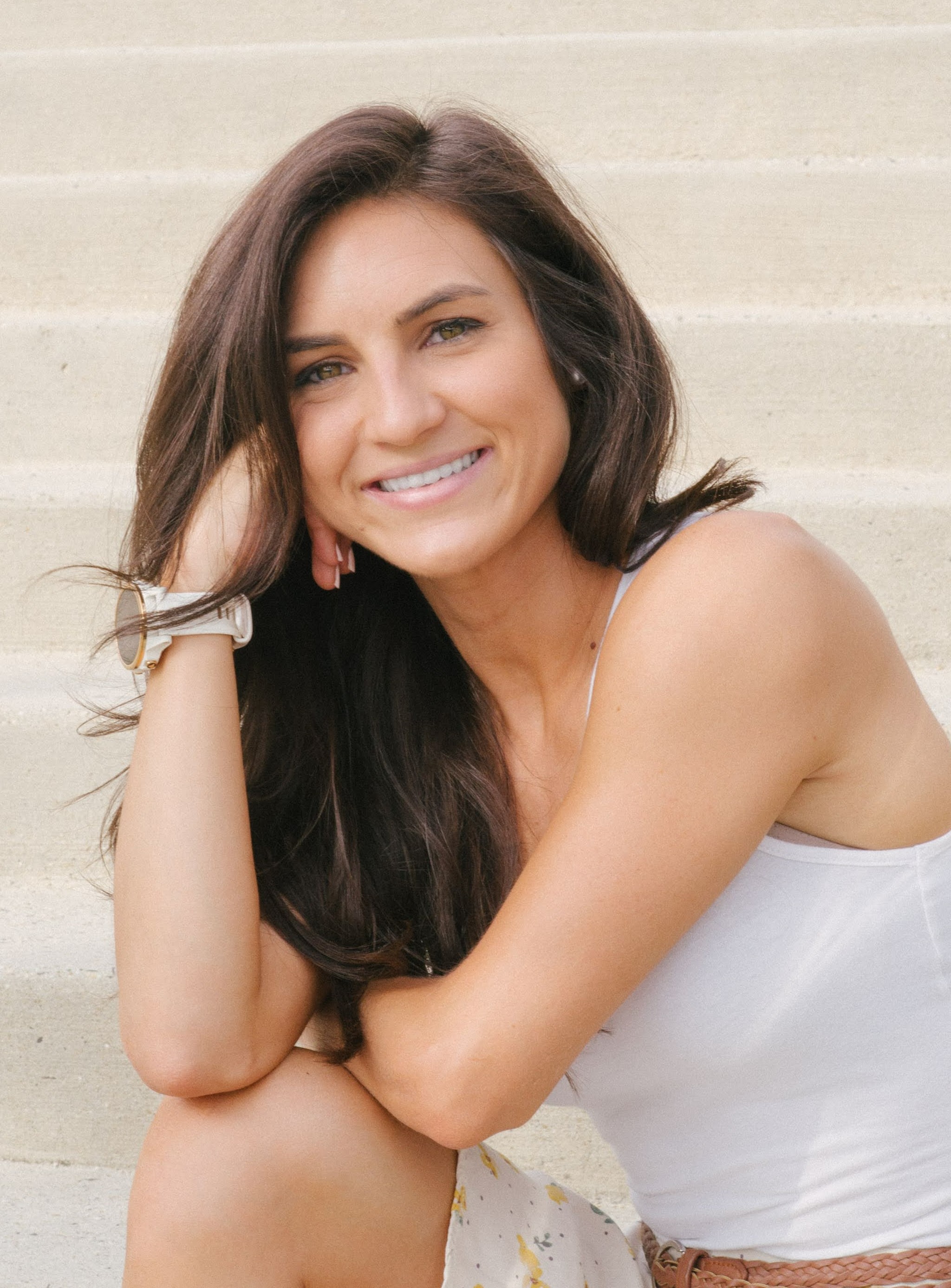
Sheridan Moore, Ph.D.
Esri, Senior Technical Consultant
Sheridan Moore is a Remote Sensing Scientist focused on hyper- and multispectral visible and near-infrared imagery with over 10 years of experience. She started her career working at NASA GSFC and has built up an expertise in the space-science realm.
Sheridan is currently a Senior Technical Consultant at Esri, the global market leader in geographic information system (GIS) software, location intelligence, and mapping. Her day-to-day consists of providing technical solutions (through ArcGIS software and a python Application Programming Interface), writing proposals, and working with customers to provide the best user-experience.
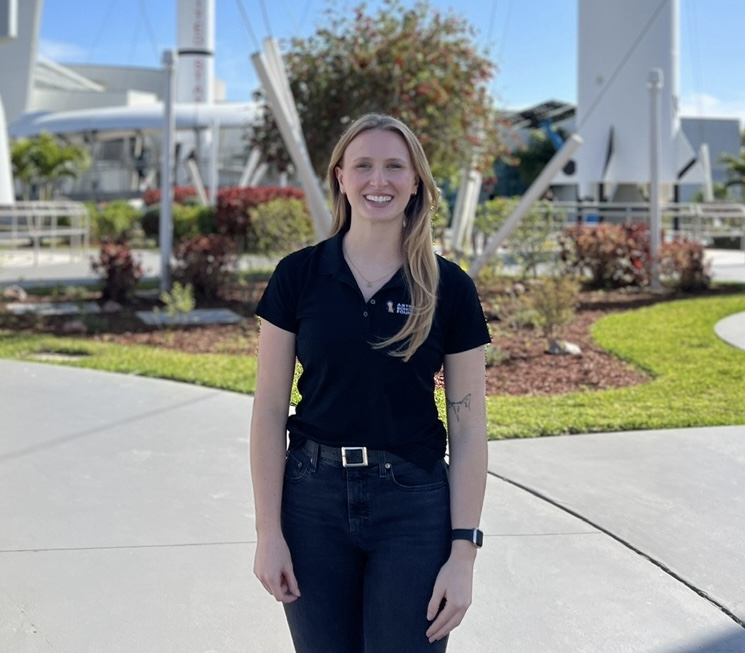
Grace Robertson
ECLS Flight Controller, Sierra Space
Grace Robertson is a life support systems focused Aerospace Engineer with specific attention to bioregenerative systems utilizing hydroponic plant technologies. She started her career in Integration and Test in payload development for the Intuitive Machines IM-1 mission, then later as an Instrumentation Systems Engineer at Sierra Space compiling integrated hardware testing expertise. Grace completed her B.S. at Embry-Riddle Aeronautical University and M.S. at the University of Colorado, Boulder.
Grace is currently a life support and thermal control systems flight controller candidate at Sierra Space focused preparations for Dream Chaser Mission 1. Her daily work consists of leading integrated Dream Chaser vehicle testing, developing the methods by which Dream Chaser will fly, and training in flight operations simulations.

Valerie Wiesner, Ph.D.
NASA Langley Research Center
Dr. Valerie Wiesner is a Senior Research Materials Engineer in the Advanced Materials and Processing Branch at NASA Langley Research Center (LaRC) in Hampton, Virginia. She recently served as Acting Assistant Branch Head for the Crew Systems and Aviation Operations Branch at LaRC in 2022. Her research focuses on developing and understanding degradation of ceramic coatings and composites for extreme environment applications ranging from reusable hypersonic vehicles to lunar and planetary exploration and surface operations, as well as on ceramic processing and additive manufacturing.
Prior to joining LaRC in 2019, she began her NASA career as a Research Materials Engineer in the Ceramic and Polymer Composites Branch at NASA Glenn Research Center (GRC) in Cleveland, Ohio, in 2014 after completing a Pathways Internship as a Ph.D. student. She served as lead investigator for evaluating damage of environmental barrier coatings designed to protect ceramic matrix composite components caused by particulates, such as sand and volcanic ash, when ingested by aircraft engines.

Amy Ross
Space Suit Pressure Garment Technical Discipline Lead
Amy Ross is a distinguished aerospace engineer and the Space Suit Pressure Garment Technical Discipline Lead at the Johnson Space Center. With over two decades at NASA, Amy has held key roles, including Assistant Chief Engineer for the International Space Station Program and lead on the Exploration Extra-vehicular Mobility Unit (xEMU) Pressure Garment Subsystem. Her educational background includes a Master's degree in Space Studies from the University of North Dakota and a Bachelor's degree in Mechanical Engineering from Purdue University. Amy's impressive career encompasses managing critical aerospace projects, such as Shuttle space suit gloves and launch and entry suit gloves, and diverse experiences, from SCUBA diving in the Neutral Buoyancy Laboratory to simulated lunar gravity testing. Beyond her work, she is passionate about animal rescue, dog agility, reading, hiking, backpacking, and travel. Amy Ross is a true pioneer in aerospace engineering, combining technical expertise with a commitment to space exploration and personal adventure.